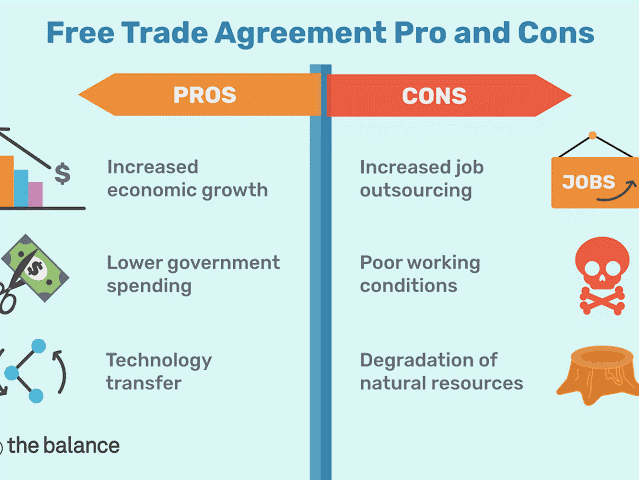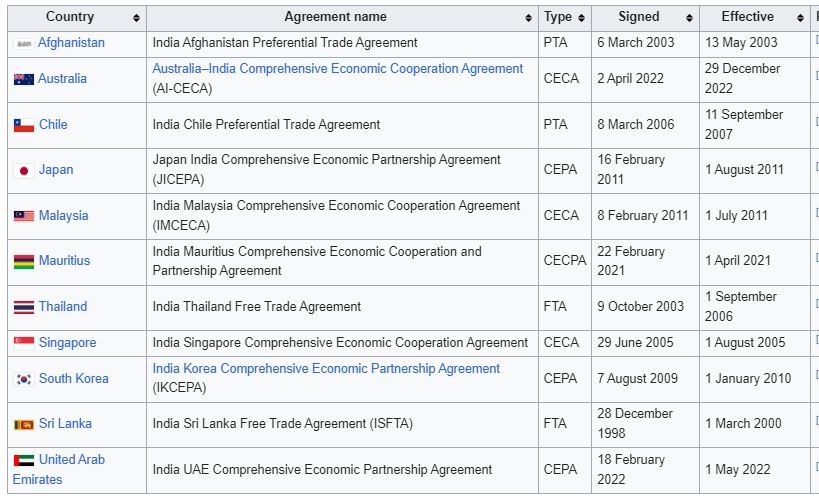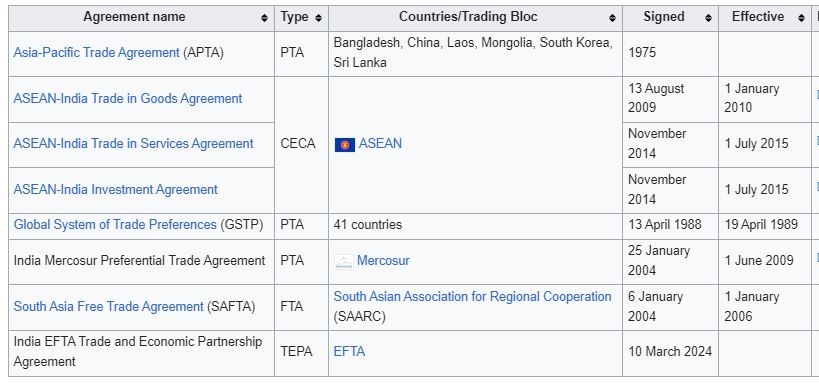Free Courses Sale ends Soon, Get It Now


Free Courses Sale ends Soon, Get It Now


Daily Editorial Analysis
Editorial Analysis based on “Investment Lessons from the India-EFTA Trade Deal” which was published in The Hindu.
Introduction:
What Is a Free Trade Agreement (FTA)?

Types of free trade agreements:
Bilateral Agreements of India:

Multilateral Agreements:

Way ahead for India’s free trade policy:
Must read:
Sources:
https://pib.gov.in/PressReleaseIframePage.aspx?PRID=2013169
© 2024 iasgyan. All right reserved